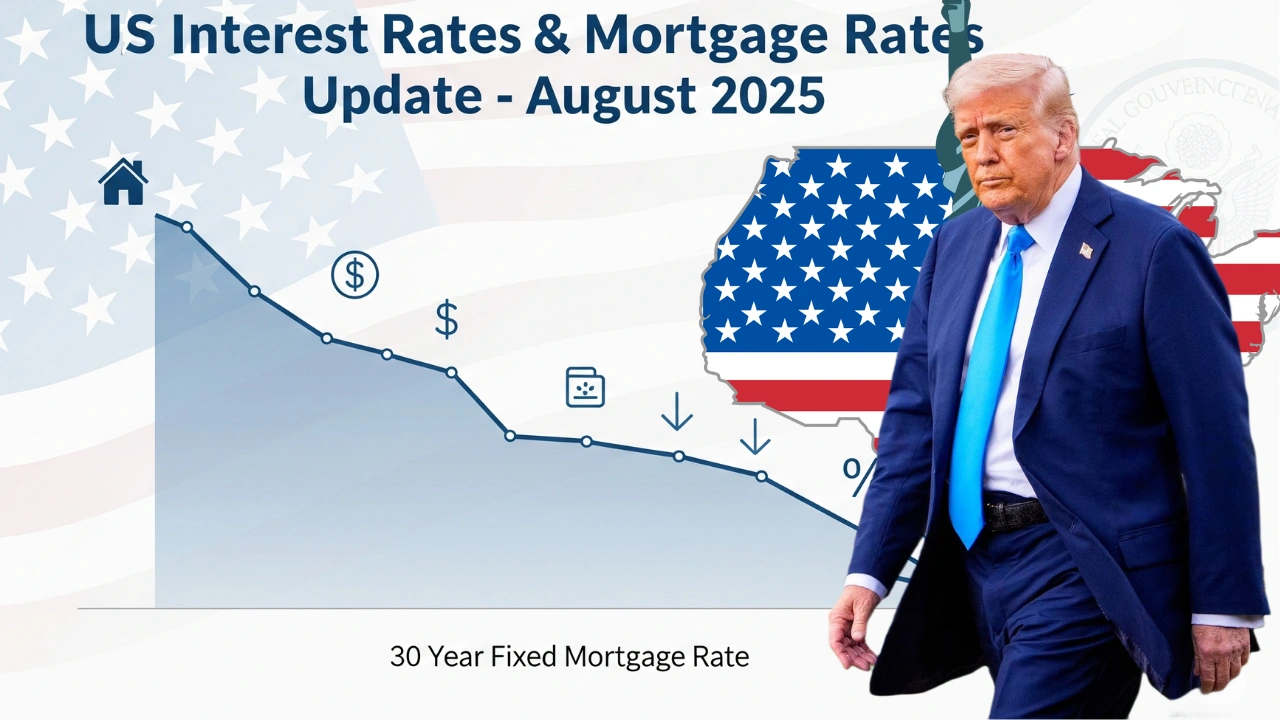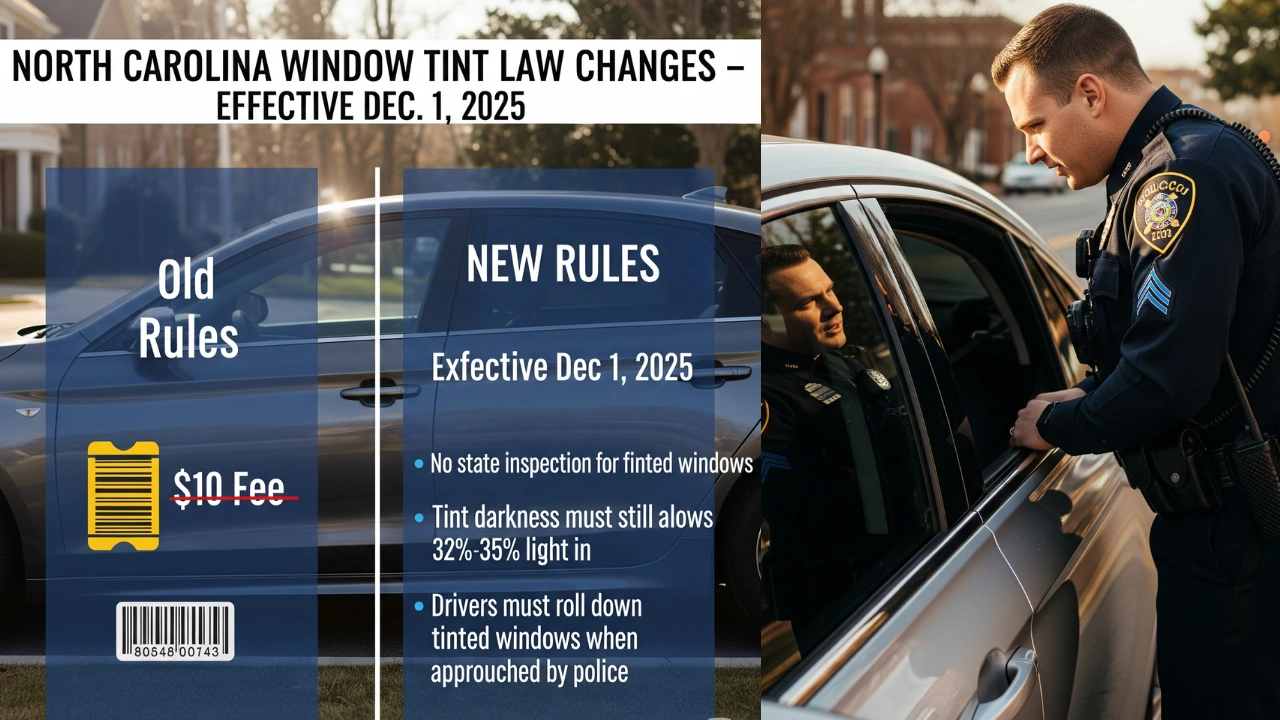$600 for Every Eligible U.S. Worker – that’s the potential payout under a new federal Tariff Rebate Program that’s making headlines across the United States. If you live in states like California, Texas, Florida, or New York, you might soon see a check with your name on it. This initiative aims to return a portion of tariff-generated revenue directly to working Americans, providing a timely financial boost amid rising living costs.
What Is the Tariff Rebate Program?
The Tariff Rebate Program is a federal initiative designed to redistribute a share of funds collected from trade tariffs to eligible U.S. workers. These tariffs—primarily imposed on imported goods—generate billions annually. Instead of keeping all the revenue in government reserves, the plan proposes to channel part of it back to citizens in the form of a $600 one-time payment.
The idea is simple: when international trade policies raise government revenue, American workers should share in the benefits. While similar programs in the past focused on tax credits or indirect benefits, this rebate is more direct—think of it as a stimulus check tied to trade policy rather than a pandemic relief plan.
Related Article: Stimulus Checks Up to $1,700 Arrive in August – Are You on the List?
Who Is Eligible for the $600 Payment?
Eligibility will depend on income, employment status, and residency. While final guidelines are still under review, preliminary reports suggest:
-
You must be a legal U.S. resident (citizen or permanent resident).
-
You must have earned taxable income in the most recent tax year.
-
You must live in an eligible state—and yes, all 50 states including Alaska, Hawaii, Illinois, Ohio, and Pennsylvania are expected to be included.
-
Self-employed individuals (gig workers, freelancers, small business owners) are also expected to qualify.
The IRS is likely to handle distribution, much like previous stimulus checks.
When Could You Receive the Rebate?
If approved, the payments could start rolling out within months. Government insiders suggest a target date between late 2025 and early 2026, depending on legislative approval. Workers in high-population states like California, Texas, Florida, and New York might see priority processing to handle volume efficiently.
Just like with stimulus payments, direct deposit will be the fastest method, while mailed checks may take longer.
Why This Program Matters Now
With inflation still impacting food, housing, and transportation costs across the U.S., a $600 rebate may not solve everything—but it’s a welcome relief. In states like Michigan and Wisconsin, where manufacturing jobs have been heavily affected by global trade shifts, this program could help offset economic challenges.
It also sets a precedent: tariff revenues aren’t just abstract numbers in Washington—they can have a real impact on the average worker’s wallet.
How to Prepare to Claim Your $600
You don’t need to apply just yet, but you can get ahead by:
-
Filing your taxes on time – payments will likely be based on your latest tax return.
-
Updating your address with the IRS to avoid mailing delays.
-
Setting up direct deposit for faster payment.
-
Keeping an eye on official announcements from the U.S. Department of Treasury.
1. Is the $600 rebate taxable?
Most experts believe it will not be taxed, similar to stimulus payments, but final IRS guidance will confirm.
2. Can retirees receive this rebate?
Yes—if they earned taxable income in the last year, retirees in states like Florida, Arizona, and Nevada should be eligible.
3. Will every worker get exactly $600?
That’s the baseline, but some proposals suggest higher payments for lower-income earners.
4. Can non-citizens receive it?
Permanent residents with valid work status should qualify, but temporary visa holders likely won’t.
5. How will I know if I qualify?
The IRS will issue official notices via mail or online once the program is approved.
Bottom line: The $600 for Every Eligible U.S. Worker rebate could be a rare example of trade policy putting real cash into people’s hands. While $600 won’t change the world, it’s a solid step toward making tariff revenue work for everyday Americans—from the bustling streets of New York to the quiet towns of Montana.


